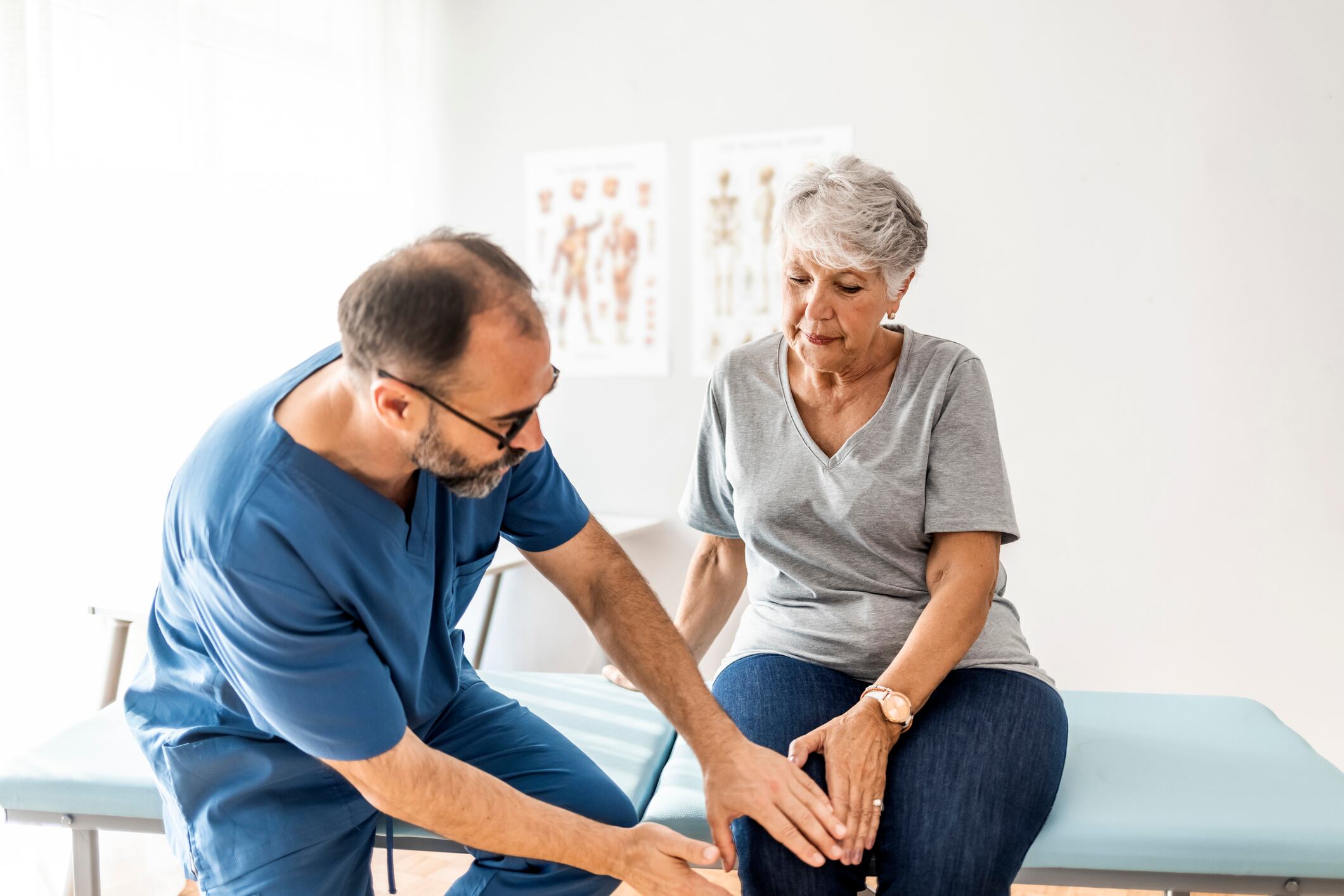The randomized controlled clinical trial, conducted by researchers from Portugal and Brazil and published in Wiener klinische Wochenschrift (The Central European Journal of Medicine), set out to investigate the impact of Motilex Caps (from Apsen Farmaceutica, Brazil), containing Bioiberica's Collavant n2, in women with the condition, compared to a control and an exercise group.
Resulting data indicated that the exercise protocol and the supplement had similar effects for functionality, despite exercise being superior in promoting the quality-of-life score, highlighting potential benefits of combining supplementation and exercise interventions.
“These latest clinical conclusions open up new possibilities for innovation with native (undenatured) type II collagen in women’s health, especially during menopause when joint health problems can become a concern due to estrogen deficiency,” said Joan Bassa, human health business unit director at Bioiberica.
”Low-dosage, science-backed ingredients that have been shown to support joint health, like Collavant n2, could therefore help to address the needs of women during this life phase.”
He continued: “We know Collavant n2 can support manufacturers in tapping into the broader trends of healthy aging, mobility and holistic wellness, and now we look forward to collaborating with new and existing partners to explore formulations geared towards empowering women to lead vibrant and active lives.”
Get up and go with collagen
The study recruited patients at the orthopedics and traumatology outpatient clinic of the University Hospital of the Federal University of Sergipe (UFS) in Brazil.
All groups underwent evaluations at baseline and follow up involving: Osteoarthritis-specific quality of life questionnaire (WOMAC), Tampa scale for kinesiophobia (ETC), measurement of angular range of motion, six minute walk test, and timed up and go test.
The exercise group (EG) received an intervention protocol while the medication group (MG) received 40 mg Motilex once daily. Participants in the control group (CG) did not vary their daily exercise or medication.
After a six week intervention period, findings showed that both studied interventions were effective when compared to the CG, with both contributing to the rehabilitation of women with knee OA. However, exercise improved quality of life scores more effectively.
In the six minute walk test (6MWT), there were significant differences between the EG and MG when comparing the initial with the final assessment, with an increase in meters covered in the test. In the intergroup analysis, both the EG and the MG showed a significant improvement when compared to the CG; however, there was no difference between the EG and MG.
In the timed up and go (TUG) test, all groups revealed a significant improvement between the initial and final assessment, and there was a decrease in the time of the test. In the intergroup comparison, the EG was significantly better than the CG, with a similar trend being found in the MG when compared to the CG.
There was no superiority between EG and MG. During the assessment of total range of motion for flexion of the compromised knee, the EG and the MG showed improvement in the intragroup comparison, both increased the flexion degrees, whereas the CG showed no improvement.
“As knee OA is a multifactorial disease, its management involves several pharmacological and non-pharmacological treatments, and thus a multimodal approach should be considered, with the objectives of relieving pain, reducing inflammation and decreasing cartilage damage progression, ultimately improving the patients’ quality of life,” the researches noted.
Source: Wien Klin Wochenschr
135, 291–300 (2023) doi: 10.1007/s00508-022-02037-8
“Comparison between exercise therapy and non-hydrolyzed collagen (UC-II) in functionality and quality of life in women with knee osteoarthritis. “
Authors: Santana, É.T.N. et al.


